While casual dining has been struggling in the UK, with several high profile names disappearing from our high streets, food halls are starting to spring up across the nation. A food hall is a venue made up of local specialty restaurants and bars under one roof. My colleagues and I went to the Arcade Food Theatre in London’s Centre Point to find out what all the fuss is about.
My first impression of the venue was the striking transformation of the Grade II-listed Centre Point at London’s Tottenham Court Road into this glitzy food hall space. The open plan room was spotlessly clean, well-lit and nicely designed with a mix of seven (both new and familiar) independent restaurant brands dotted around the room. Each restaurant brand had its own open kitchen and counter dining space. We’ve noticed that restaurants with open kitchens have become more popular recently, with examples including Kricket (London), Arbequina (Oxford), and Pike and Pine (Bristol).
 Arcade Food Theatre. Credit: London.Eater.com
Arcade Food Theatre. Credit: London.Eater.com
The trend of converting neglected spaces into destination food halls is not a new concept, with players like Market Halls converting an Edwardian underground station in Fulham Broadway and Victoria’s Terminus Place into popular food halls. But, a food hall in a Grade II-listed complex with multiple open kitchens under one roof? This is a first!
Arcade Food Theatre is aptly named: the venue has chefs from seven artisanal restaurants who put on a visually appealing show, cooking in open kitchens in front of their customers at its Tottenham Court Road venue, in the heart of London’s ‘theatreland’. The show is also desirable for solo diners who can sit comfortably by themselves whilst watching the chefs at work.
Our research shows that independently-styled casual restaurants offer something unique to a town or city, while global cuisines appeal to adventurous eaters who consider themselves to be ‘foodies’ and are therefore more likely to be drawn to Arcade’s eclectic mix of artisanal global concepts, including Pan-Asian (TÓU), Japanese-Peruvian (Chotto), Turkish-Cypriot (Oklava).
 Iberian Katsu Sando from TÓU
Iberian Katsu Sando from TÓU
 Black Sea Pide from Oklava
Black Sea Pide from Oklava
These contemporary destination food halls are making inroads into the eating out sector by enabling restaurateurs to expand their business without the overheads of running traditional restaurant sites. Arcade Food Theatre, Market Halls and the like are acting as a bridge between local artisanal restaurant brands and customers – putting the focus on the chef’s table experience that is intimate and authentic to diners.
Making the most of the experience economy
By Lauren Ryan, UK Leisure Analyst
Arcade Food Theatre is also the sort of place that city professionals are drawn to ‘hang out’ with their friends after work, reflecting their desire for a more casual alternative to a traditional sit-down restaurant and tapping into the experience economy.
This concept has impacted almost every sector in some way, from experiential shopping centre pop-ups and the ever increasing popularity of leisure venues. Millennials are key to this change, with over 70% of them preferring to spend money on experiences rather than possessions, representing a crucial evolution to the way we spend money and out-of-home leisure time.
From the moment you enter, it’s clear that the Arcade Food Theatre is a meticulously curated journey for the senses. Open plan kitchens, swanky open bars, glass walls and large group tables; it’s not about getting a quick bite on the way to work, rather it’s designed for significant dwell time. In the evening, the food hall hosts a rotating calendar of live music and art installations.
With the rising popularity of home delivery, restaurants have to compete in areas beyond quality and efficiency. Eating out conventions should be challenged, transforming meals into entertainment events. Food operators could learn from Arcade Food Theatre by considering new degrees of interaction between chefs and customers. A notable example of this is Japan’s teppanyaki cuisine, which turns the dining experience into a full-blown performance.
Countering the high-street’s property woes
By Paul Davies, Category Director for UK Leisure, Travel and Foodservice
Small and independent retailers and foodservice brands are understandably reluctant to open up new premises on the high street. Whilst many realise the benefits of a prominent physical presence, a combination of rising rents and reduced footfall has made the idea of committing to a long-term lease less viable.
Shared spaces in both the work and leisure arena have allowed businesses to effectively split the costs of larger premises, while enjoying communal benefits. WeWork is one of the most famous examples within the business world, allowing SMEs and startups access to office space by the desk, enabling them to keep control of costs.
 A WeWork office space. Credit: WeWork
A WeWork office space. Credit: WeWork
In the foodservice sector, concepts such as the Arcade Food Theatre and Boxpark offer more flexibility for both businesses and consumers. Restaurants can, for example, try out a new concept without having to sign-up to a long-term agreement, while groups of friends can eat together whilst enjoying completely different cuisines. Our research shows a fifth of consumers who live in cities would be encouraged to visit a shopping location if it regularly changed its food and drink offering.
As society becomes more informal and consumers’ food and drink preferences become more diverse, food halls can provide an effective way for property owners to convert existing sites into sustainable shared spaces that allow operators to react to changing consumer demand.
Reinvigorating the casual dining sector
By Trish Caddy
Chef-led food halls are breathing new life into the casual dining restaurant sector. Rather than a full-size standalone venue, these concepts work especially well in city locations where young urbanites are open to the possibility of restaurants/pubs/bars operating within a food hall space.
As the lines between eating out and leisure continue to blur, more businesses will be pushed to make their venues feel more like experiential dining destinations than the traditional sit-down restaurants. Therefore the most innovative long-term growth will be the continuing development of the contemporary food hall, a model based around combining the open kitchen format with the leisure elements of going out.












 Arcade Food Theatre. Credit: London.Eater.com
Arcade Food Theatre. Credit: London.Eater.com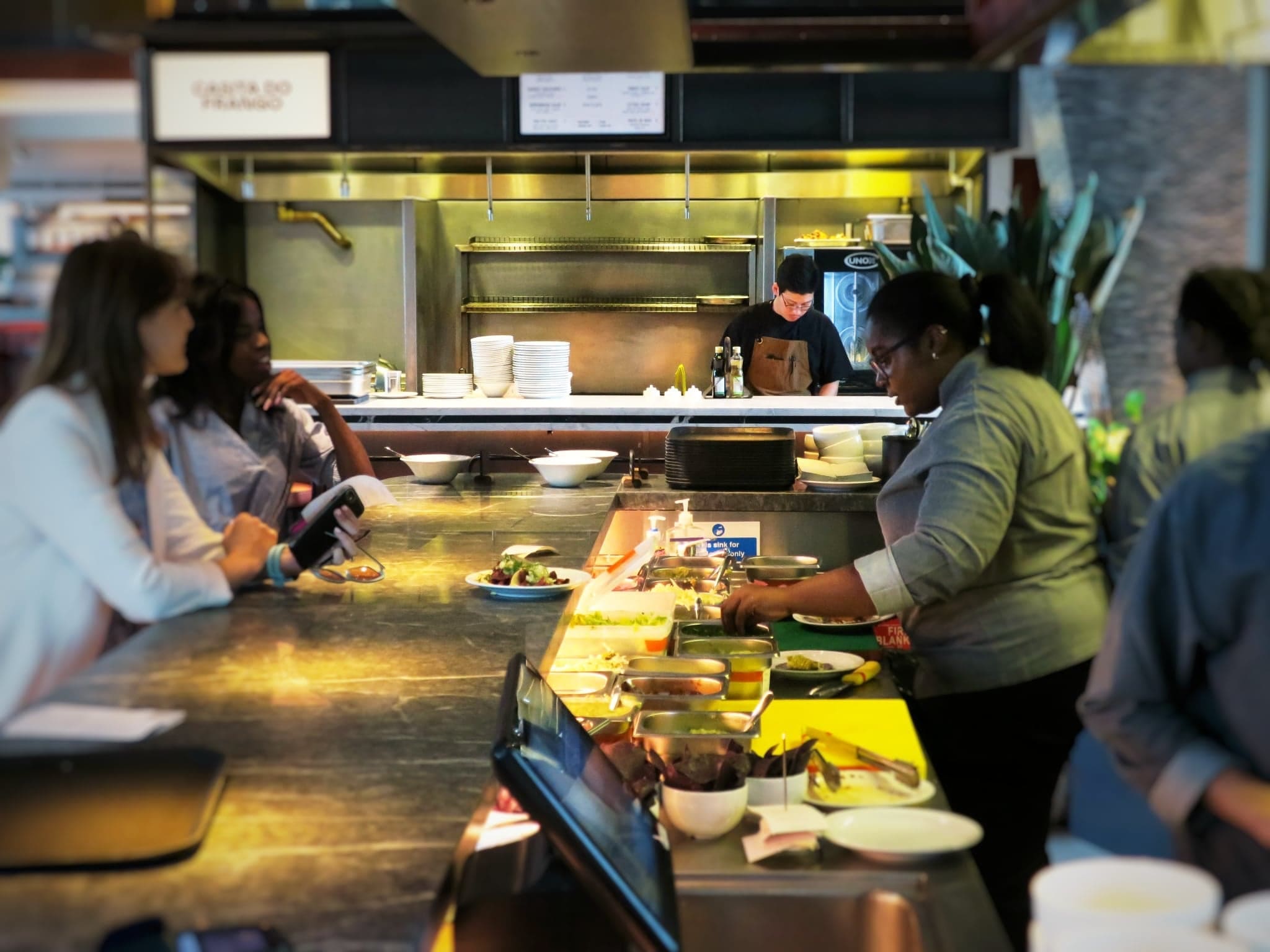
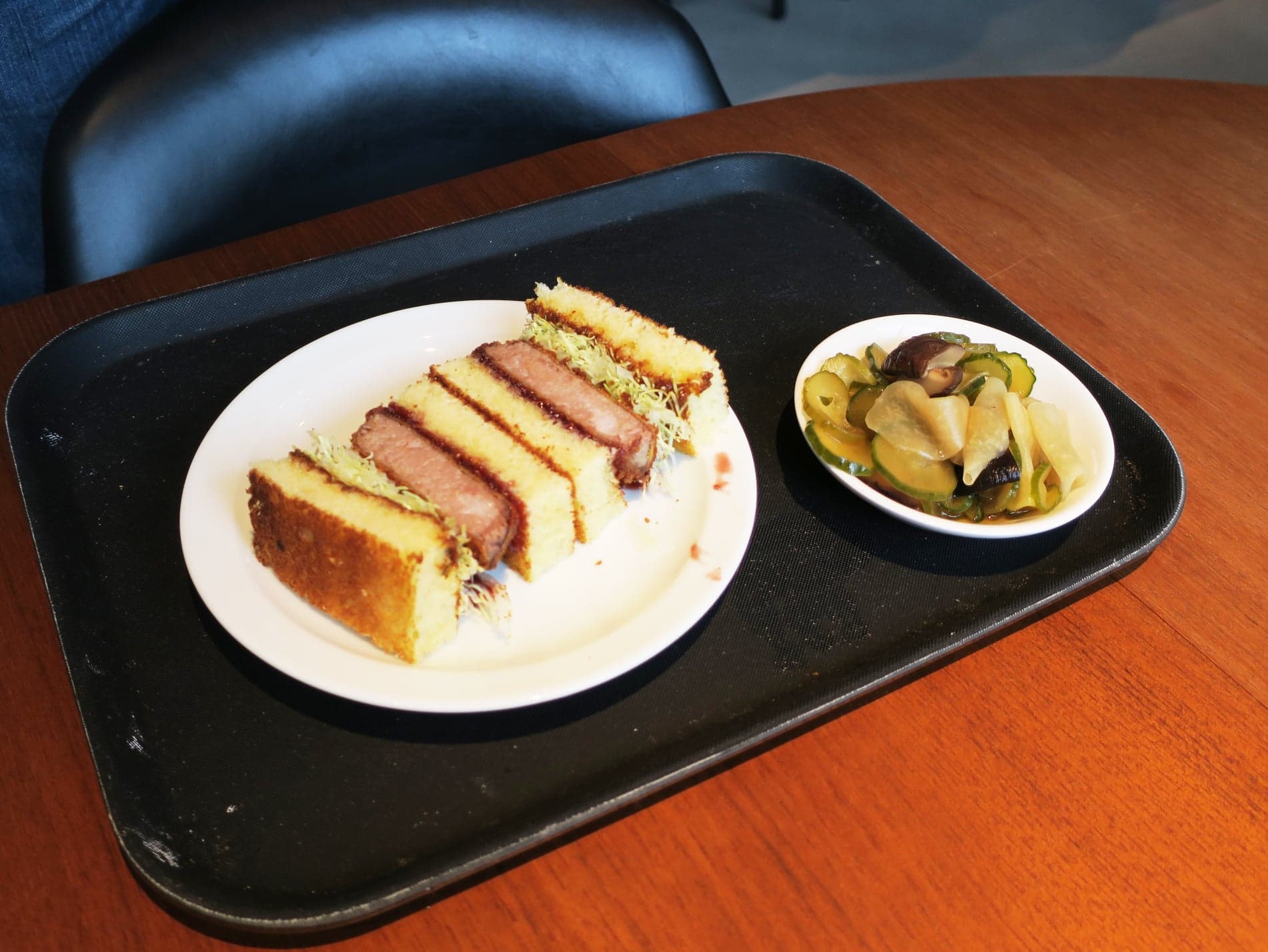 Iberian Katsu Sando from TÓU
Iberian Katsu Sando from TÓU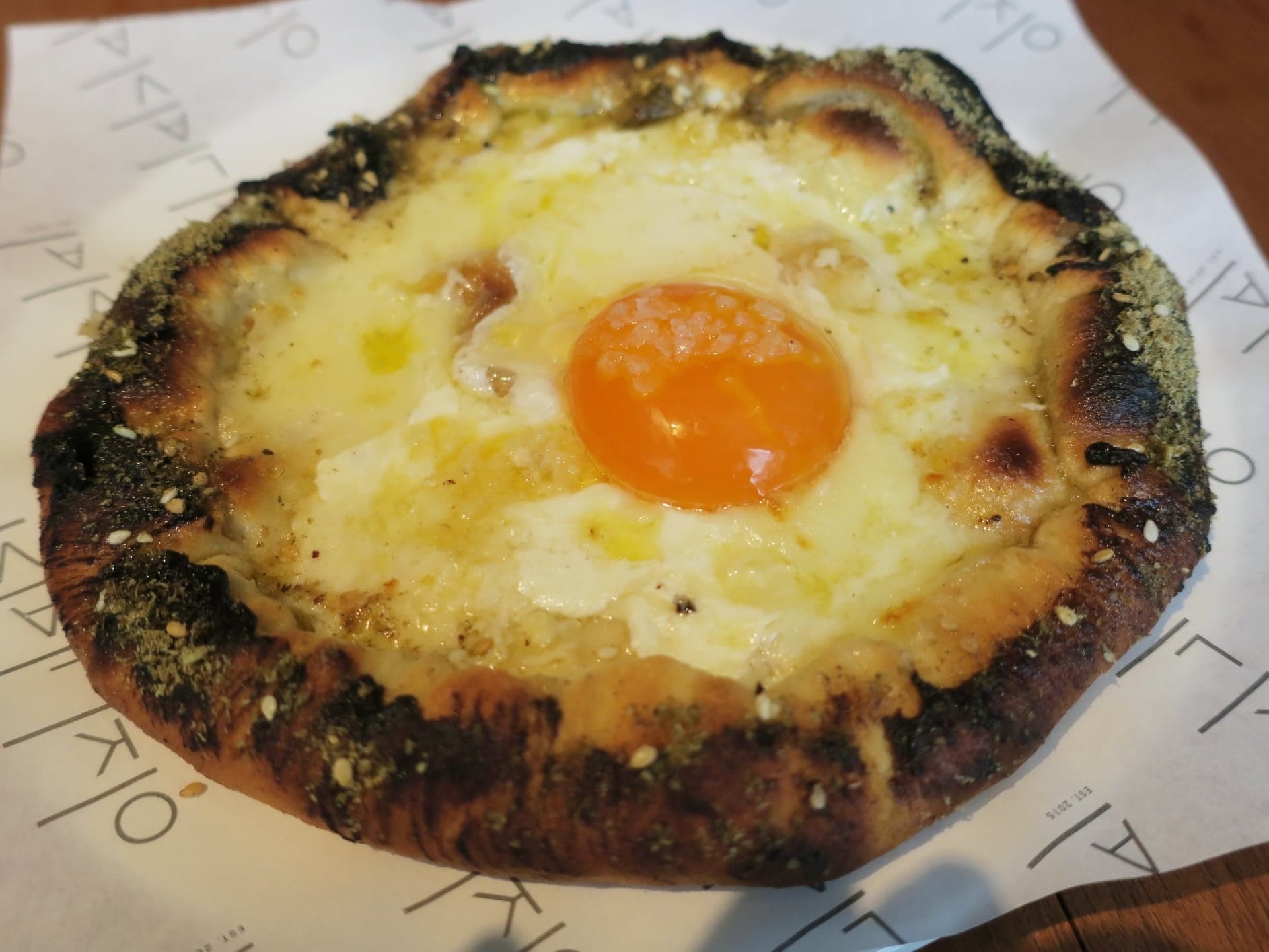 Black Sea Pide from Oklava
Black Sea Pide from Oklava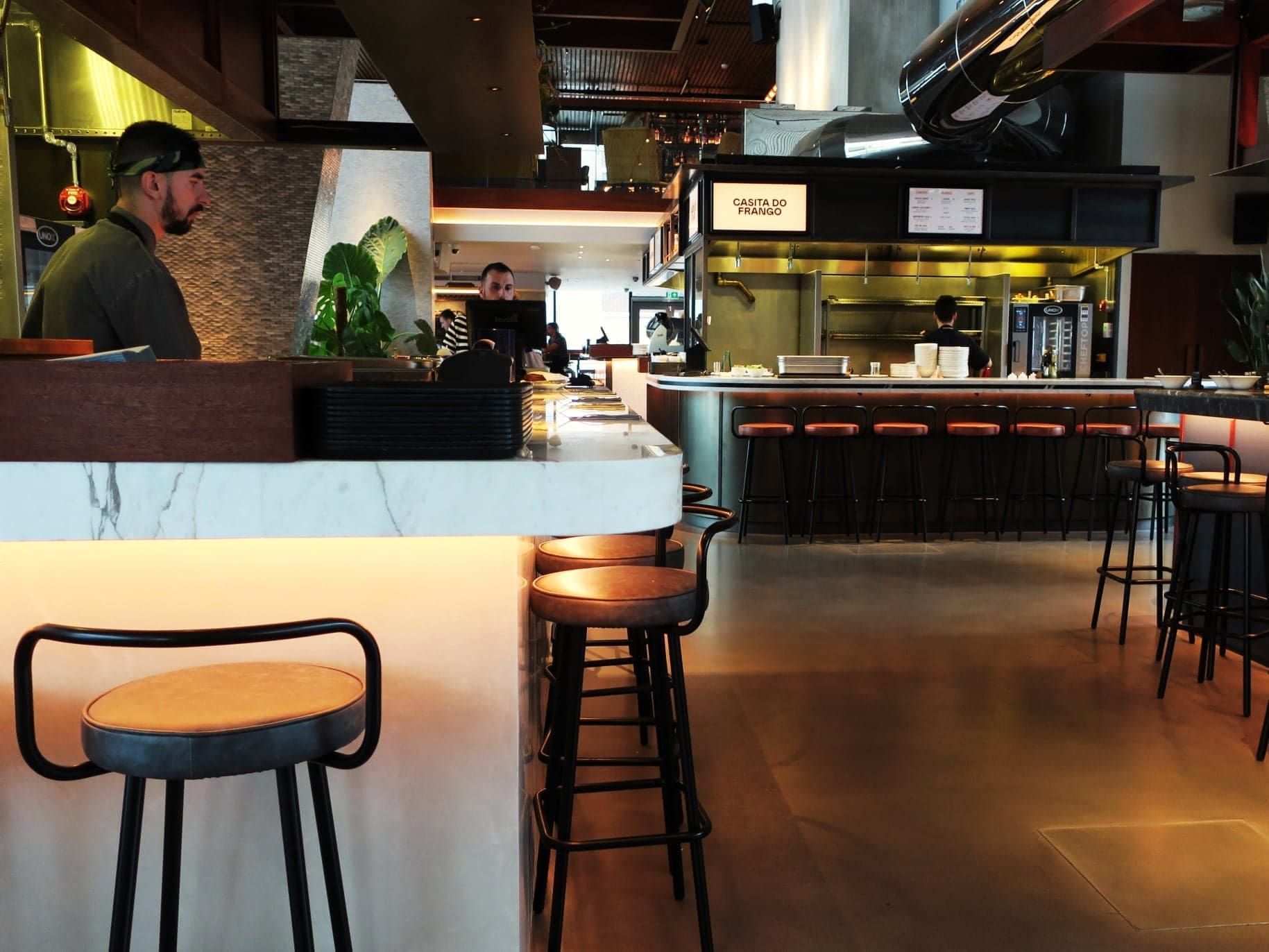
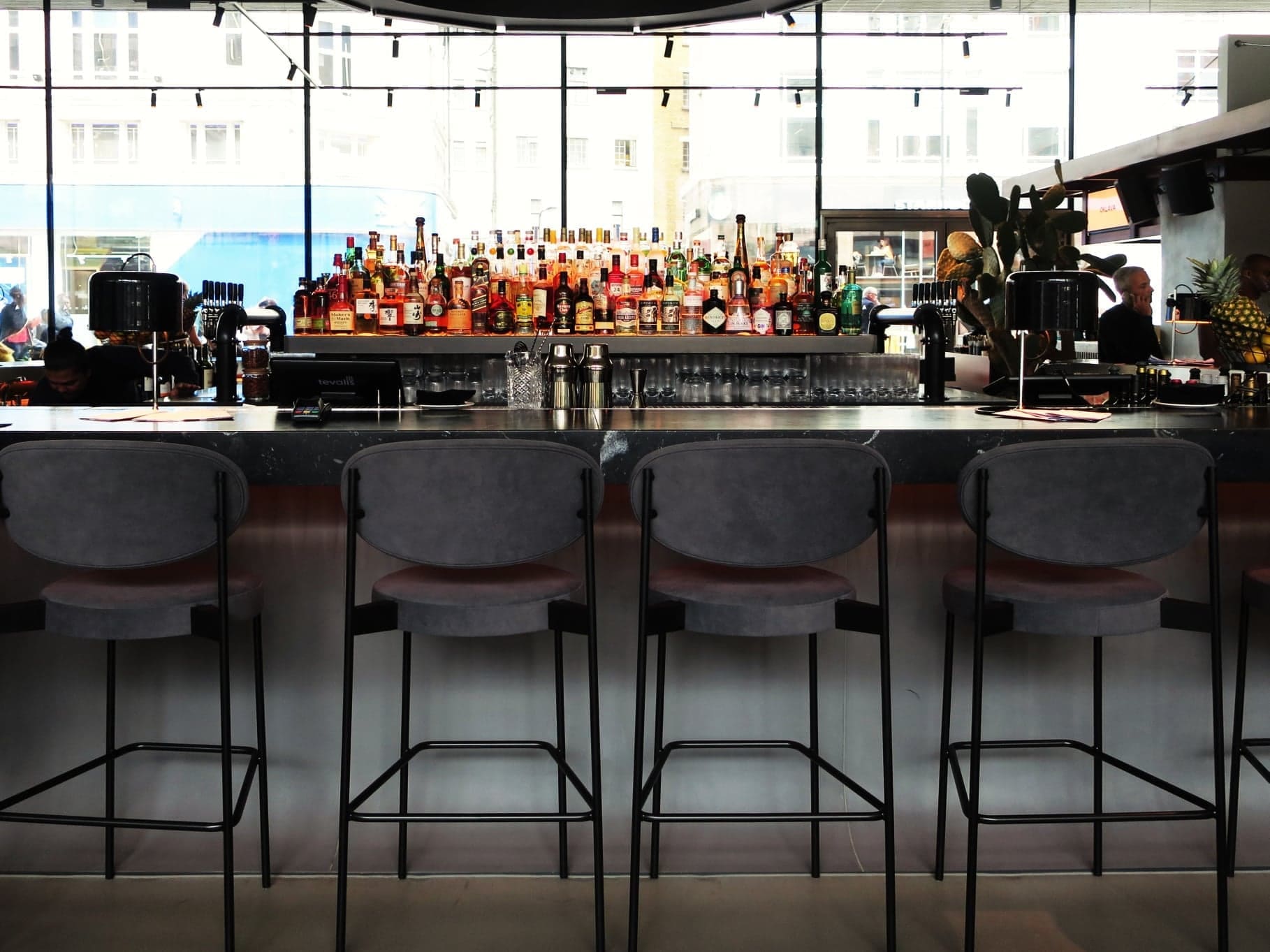
 A WeWork office space. Credit: WeWork
A WeWork office space. Credit: WeWork



























